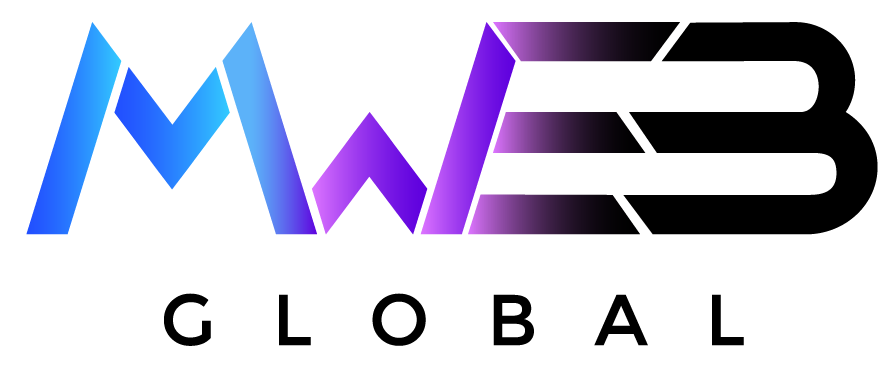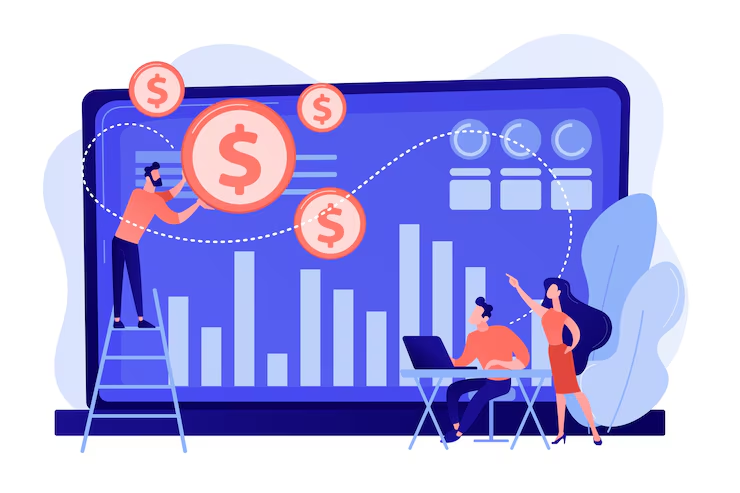In today’s digital landscape, businesses must leverage Search Engine Optimization (SEO) to enhance their online presence and drive growth. Partnering with a proficient digital marketing agency like Microweb Global can significantly impact your SEO success.
Understanding SEO and Its Importance
SEO involves optimizing your website to rank higher in search engine results, thereby increasing organic traffic. Key components of SEO include:
- On-Page SEO: Optimizing individual web pages to rank higher.
- Off-Page SEO: Building backlinks from other websites to improve authority.
- Technical SEO: Enhancing website infrastructure for better crawling and indexing.
- Local SEO: Optimizing for location-based searches to attract local customers.
Implementing effective SEO strategies can lead to increased visibility, higher website traffic, and improved conversion rates.
Steps to Implement Effective SEO Strategies
1. Conduct Thorough Keyword Research
Identifying the right keywords is crucial for SEO success. Utilize tools like Google Keyword Planner, Ahrefs, or SEMrush to find keywords relevant to your business. Focus on:
- Long-Tail Keywords: Phrases with lower competition and higher conversion potential.
- Local Keywords: Terms that include geographic locations to attract local customers.
- Competitor Keywords: Analyzing competitors’ keywords to identify opportunities.
2. Optimize On-Page Elements
Ensure that each page on your website is optimized for both users and search engines:
- Title Tags: Include primary keywords and keep them under 60 characters.
- Meta Descriptions: Provide a concise summary of the page content, incorporating secondary keywords.
- Header Tags: Use H1, H2, and H3 tags to structure content and include relevant keywords.
- URL Structure: Create clean, descriptive URLs that reflect the page content.
- Internal Linking: Link to other relevant pages within your website to enhance user experience and SEO.
3. Enhance Content Quality
High-quality, engaging content is vital for SEO:
- Informative Articles: Provide valuable information that addresses user queries.
- Multimedia: Incorporate images, videos, and infographics to enrich content.
- Regular Updates: Keep content fresh and relevant by updating it regularly.
- User Intent: Align content with the search intent of your target audience.
4. Build Quality Backlinks
Backlinks from reputable websites signal authority to search engines:
- Guest Blogging: Write articles for reputable blogs in your industry.
- Influencer Outreach: Collaborate with influencers to gain backlinks.
- Content Promotion: Share your content on social media and other platforms to attract backlinks.
5. Optimize for Mobile and Page Speed
With the increasing use of mobile devices:
- Responsive Design: Ensure your website is mobile-friendly.
- Page Speed: Optimize images, leverage browser caching, and minimize code to improve loading times.
6. Implement Technical SEO Best Practices
Technical SEO ensures that search engines can crawl and index your website effectively:
- XML Sitemap: Create and submit a sitemap to search engines.
- Robots.txt: Guide search engines on which pages to crawl.
- Structured Data: Use schema markup to help search engines understand your content.
7. Monitor and Analyze Performance
Regularly track and analyze your SEO efforts:
- Google Analytics: Monitor website traffic and user behavior.
- Google Search Console: Check for crawl errors and keyword performance.
- SEO Audits: Conduct regular audits to identify and fix SEO issues.
How Microweb Global Can Assist
At Microweb Global, we specialize in crafting tailored SEO strategies that align with your business goals. Our services include:
- SEO Audits: Comprehensive analysis of your website’s SEO performance.
- Keyword Strategy: In-depth research to identify high-impact keywords.
- Content Optimization: Enhancing existing content for better SEO results.
- Link Building: Developing strategies to acquire quality backlinks.
- Performance Tracking: Regular monitoring and reporting of SEO metrics.
Conclusion
Implementing effective SEO strategies is essential for business growth in the digital age. By partnering with Microweb Global, you can leverage our expertise to enhance your online presence and achieve sustainable growth.
Ready to boost your online visibility? Contact Microweb Global today to start your SEO journey.





